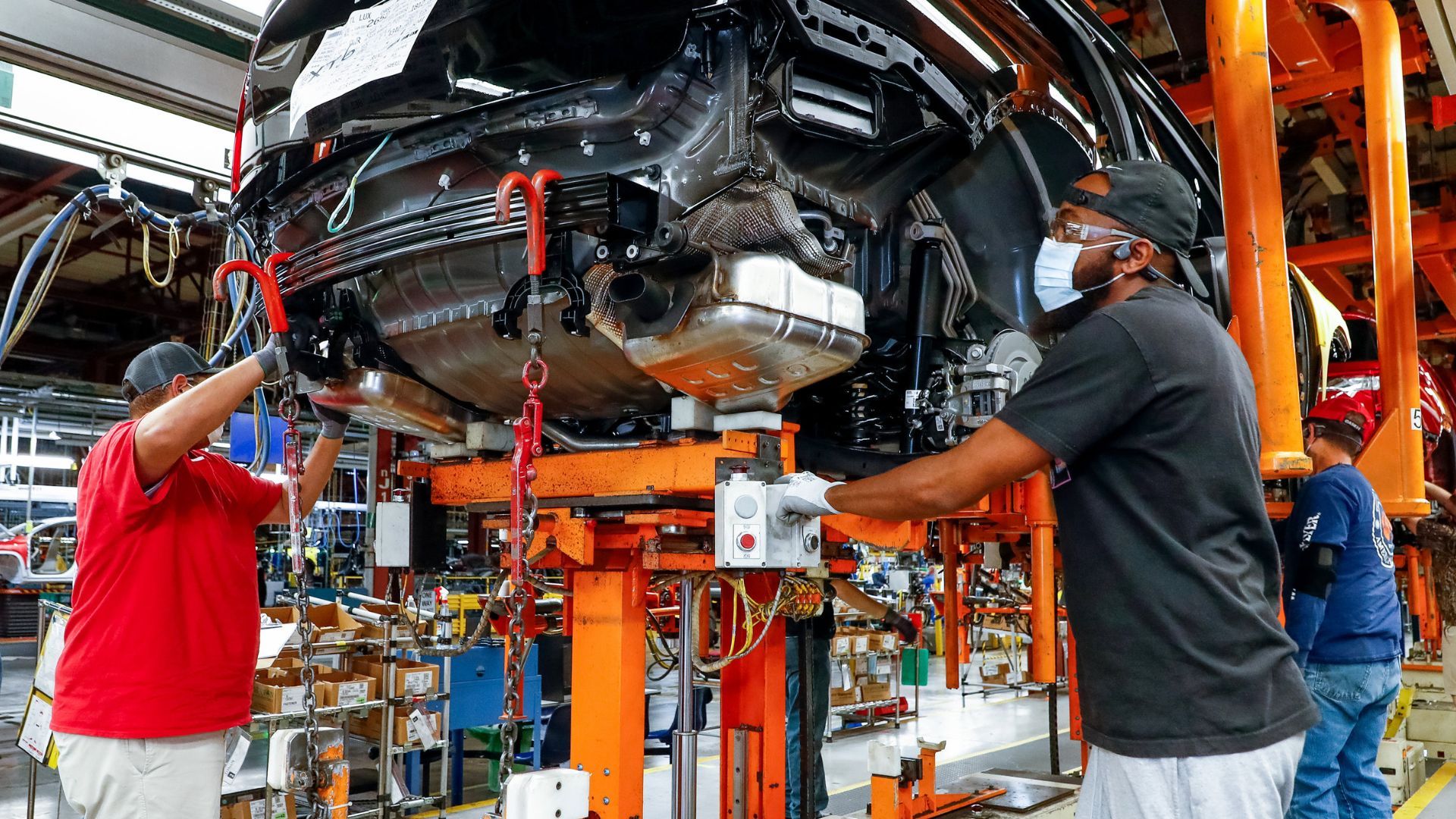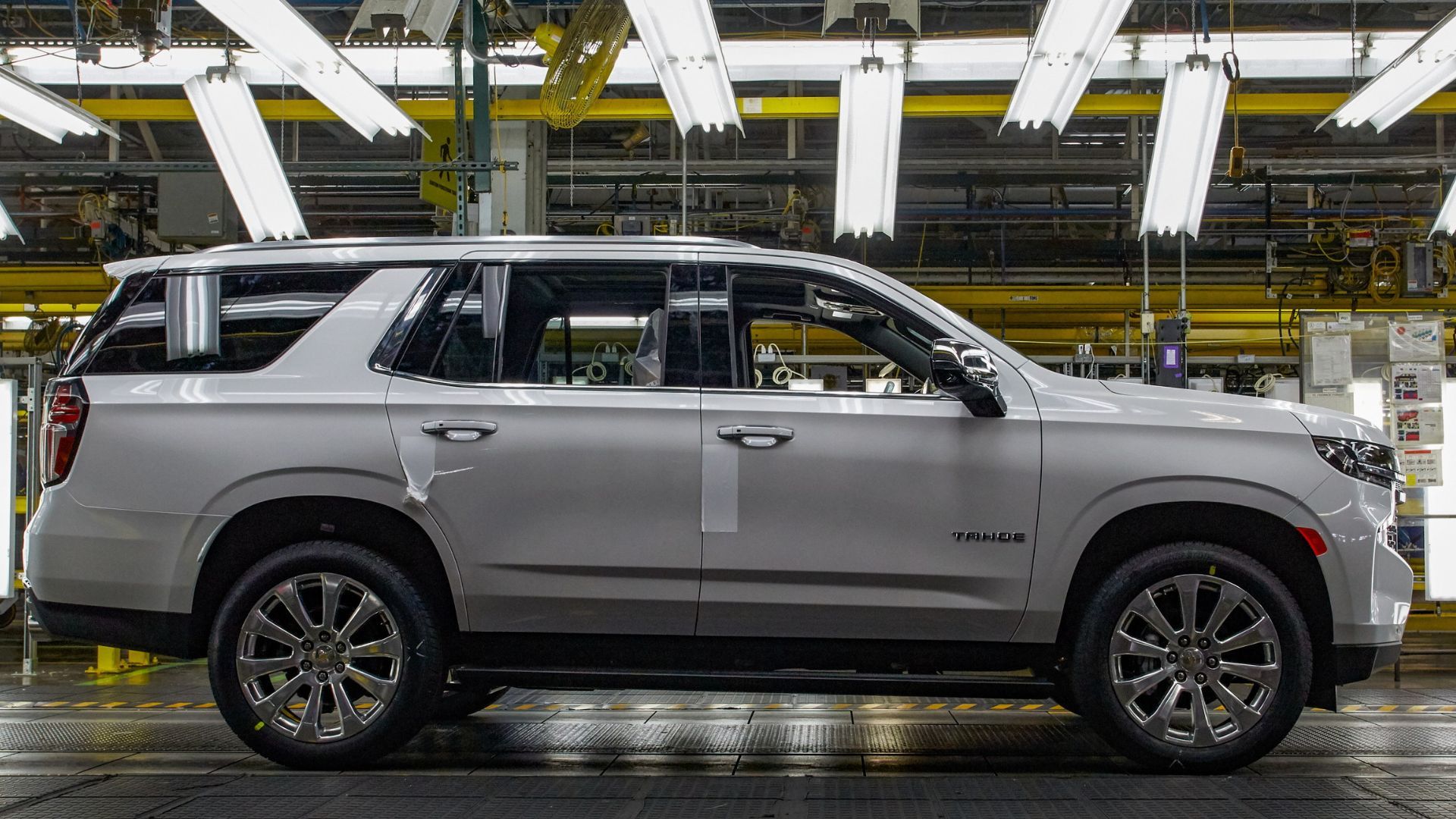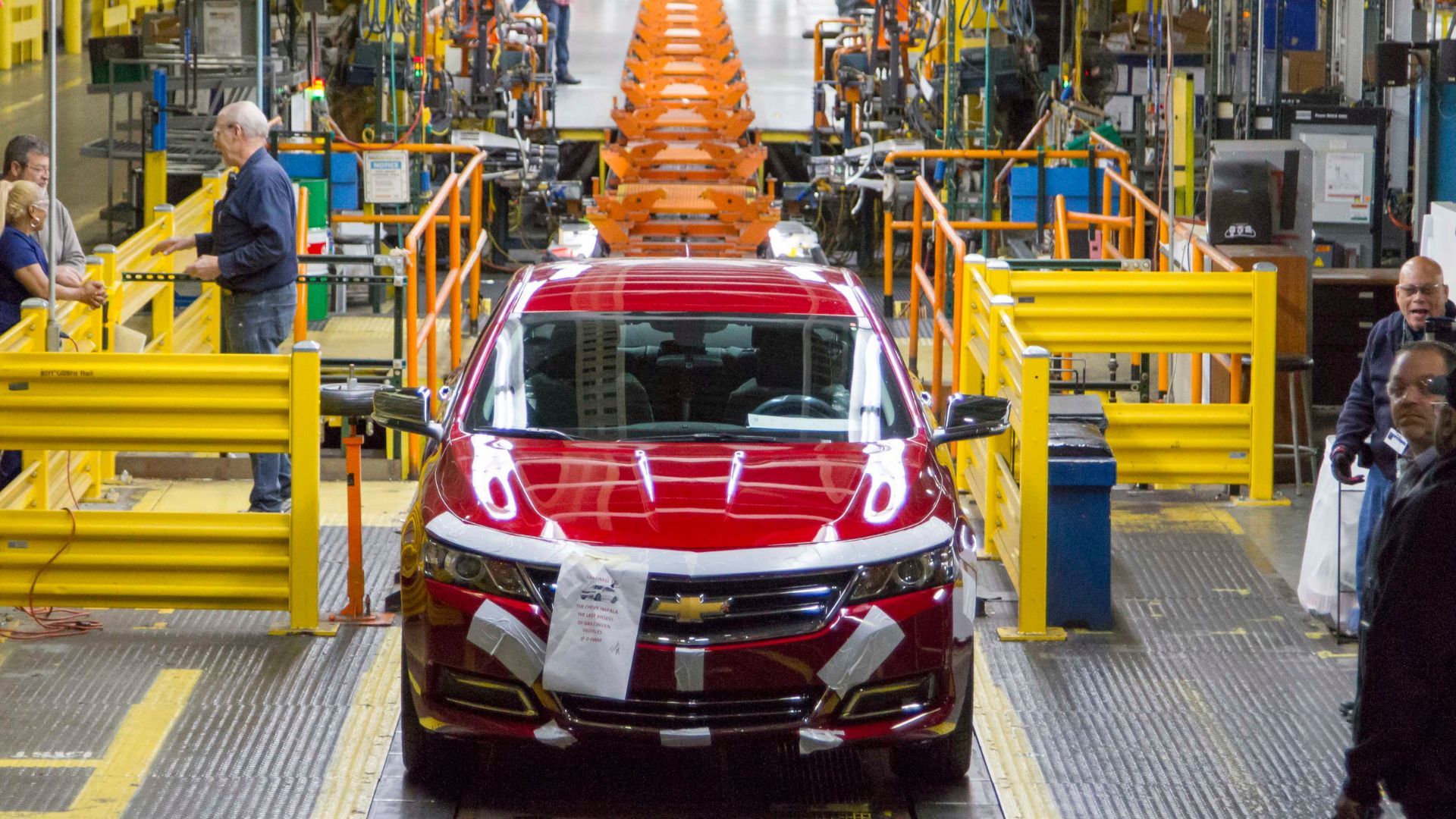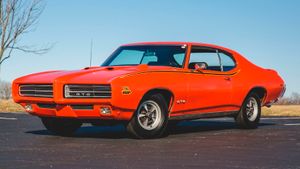And the whole automotive market keeps getting turned upside down…
A wise man once said it’s best to face the awful truth of your situation than to lie to yourself that everything is just fine. Well, the automotive industry is in a bad place and has been since the pandemic shutdowns. Plenty of executives seem to be blithely unaware of just how bad things have become. One of the most shocking indicators of where we’re at now is the revelation General Motors is holding onto about 95,000 unfinished vehicles at the end of Q2.
Watch the latest Motorious Podcast here.
Many news outlets are blaming the glut of unfinished cars, trucks, and SUVs squarely on the microchip shortage, but they’re missing the big picture. Many raw materials and hence a whole array of components have been in short supply in the automotive industry since early last year. Try ordering enough car parts and you’ll find that fact out real quick. We don’t have any numbers, but we wonder how many privately-owned vehicles can’t be driven because they need parts which aren’t available.

Per a press release from GM, most of the unfinished vehicles it’s sitting on were assembled in June. Keep in mind the automaker’s public relations team will always try putting a positive spin on everything – that’s literally their job. If things are really bad and only getting worse, they will emphasize that the company is out in front of the problem, managing it, and everyone should just keep buying GM products.
Consider this: according to a report from The Wall Street Journal, new vehicle sales in the US fell about 17% for the first six months of 2022. However, demand for cars remains high, so the problem obviously is a constrained supply. With prices soaring in the new and used markets, that’s what we’d expect to result.

Other automakers have suffered all kinds of supply chain problems ranging from shortages in microchips to constrained availability of glass and aluminum. Toyota, which back in December returned to full production capacity, has since seen many manufacturing setbacks, resulting in a 19% drop in sales for Q1 and Q2 of 2022. Worse, Nissan saw a 34% drop while Hyundai Motor Co. said sales decreased 16%. Everyone is suffering.
Another problem is creeping up, one that threatens to make this industry tailspin even worse: rising interest rates. The Wall Street Journal report claims automaker executives believe despite this, sales should level out through at least the end of 2022. Beyond then, well things could get ugly, although automakers seem to think they don’t have that far to fall if a deep recession does strike.

Where things could get even more complicated is the projection by Intel’s CEO and others that the chip shortage will last well into 2024. Even once the supply of chips returns to pre-pandemic levels, it will take some time to produce enough new cars to even out the auto market. Plus, shortages of other raw materials or manufactured components could still put the squeeze on production. With growing talk of global war, the future of the industry honestly feels murky at this point.
Source: The Wall Street Journal






